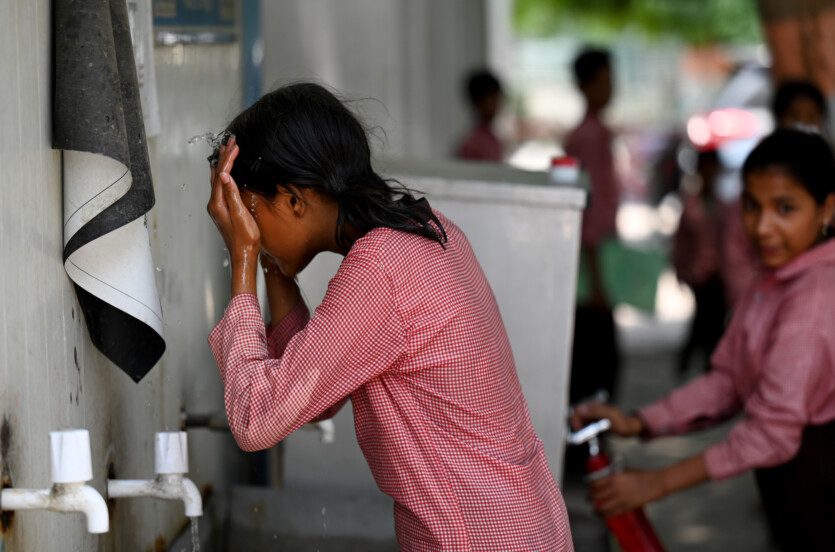
India’s Energy Minister Manohar Lal Khattar has announced new rules for the use of air conditioners, which stipulate that every device sold in the country must contain a thermostat with a temperature setting limit of at least 20°C.
The new rules, according to the government, will lead to significant energy savings in a country with a population of more than 1.4 billion people and annual sales of 10-15 million air conditioners.
Current air conditioner settings in India allow temperatures as low as 17°C, while each «higher degree» can supposedly save «about 6% of electricity». Khattar says the rule will come into effect «soon», although he did not disclose the exact timeline for implementation.
Apparently, the reaction to the proposal was mixed: energy experts generally welcomed the move, but noted that requiring greater energy efficiency of devices would have helped more.
«Trying to save energy — is good, but at the same time I hope the government will make sure that people are not inconvenienced too much», — says Vikram Kannan, a 37-year-old teacher who lives in the southern city of Chennai with his wife and 4-year-old daughter. «Sometimes there is no choice but to set the air conditioner temperature low in cities like ours because it is too hot and humid».
Summer temperatures in some parts of the country can reach 51°C, so it’s clear that air conditioning is in high demand here. According to researchers at the University of California, Berkeley, room air conditioners accounted for up to a quarter of the electricity used in India during the periods of highest consumption in 2024. The new units added between 2019 and 2024 increased India’s peak demand for electricity by about the same amount as it would take to power New Delhi for a year. India’s energy needs are also a key reason why it is considered one of the largest sources of emissions gases that heat the planet.
Another problem is that many of the air conditioners available in India are so inefficient that they are not allowed to be sold in many other countries.
«Although India imports most of the key components for its air conditioners from China, almost 80% of the air conditioners currently sold in India will be banned in China,» says Nikit Abhyankar, head of the India Center for Energy and Climate at the University of California, Berkeley.
Alternatives offered by energy experts include ensuring proper ventilation in new buildings, combining air conditioning with other cooling methods, and using smart technologies to operate air conditioners.
«The use of air conditioners is greatly reduced if users also use ceiling fans, as the room cools down much faster,» Abhyankar adds.
If no new restrictions or other rules are eventually introduced, India is expected to face an electricity shortage by next year.
Source: AP News, TRT Global

Spelling error report
The following text will be sent to our editors: